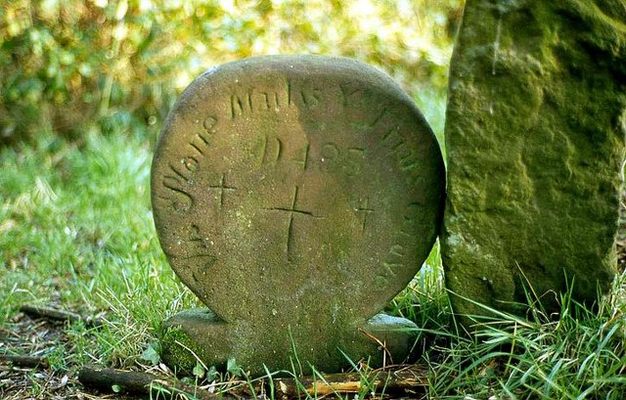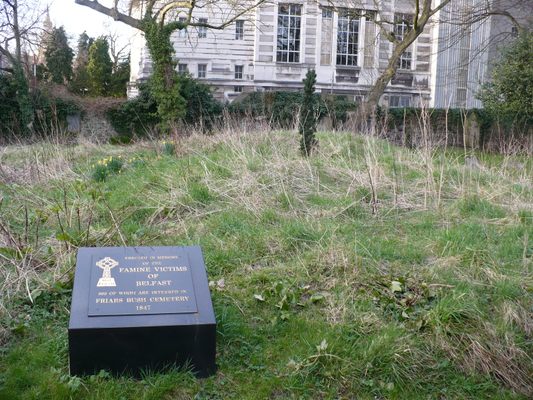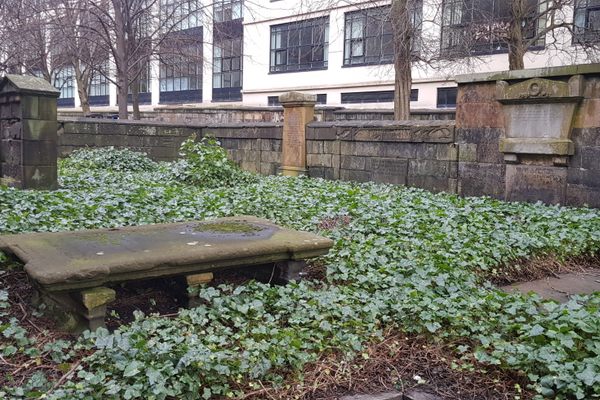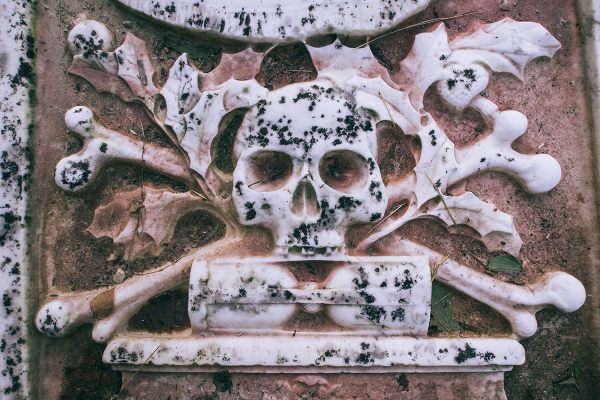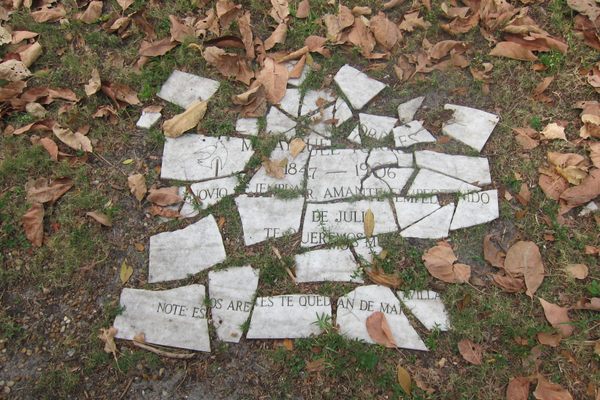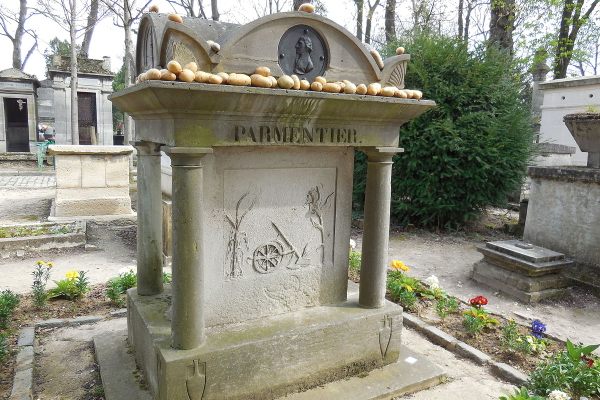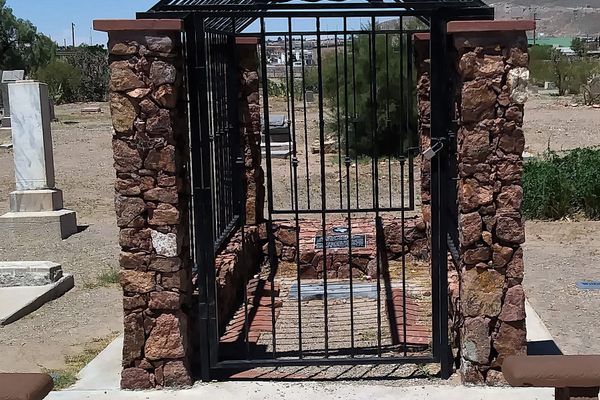About
Though it’s only two acres in size, the oldest Christian burial ground in Belfast has seen more than its fair share of murder, body-snatching, and disease. Even the cemetery's name, Friar's Bush, came out of bloodshed.
A large and twisted thorn tree clearly visible through the gates at the head of the graveyard's main path marks the spot where secret Catholic ceremonies were carried out in the 17th and 18th centuries. And legend has it that one morning a friar was captured and murdered here while giving a secret Mass.
The other celebrants escaped, but the friar was killed either by a gunshot to the heart or by being hung from the very tree he had been preaching under. From that day, this ancient site was known as the Friar’s Thorn or Friar's Bush. The tale was then immortalized by the 1905 poem "The Friar's Bush" by Irish poet Joseph Campbell:
“In Penal times, as peasant tell / A friar came with book and bell / To chant his Mass each Sabbath morn, / Beneath Stranmillis' trysting thorn”
Regardless of which story is true, the nearby “Friar’s Stone” is the murdered monk's reputed resting place. (Though the more likely explanation for the "485 A.D." marking is that it’s the work of a sneaky Victorian antiquarian.)
Another grim event in the cemetery's history occurred in 1823, when two strangers came to the graveyard at night, and soon afterward a barrel was stopped at the city docks and found to contain the sawdust-encased bodies of a middle-aged female and a child.
One of the men, a “resurrectionist” named George Stewart, had already made his escape. But his partner, recorded only as "Feeny," was found drunk and was arrested. In his room was a box containing a large brass syringe, a surgeon’s knife, forceps, a needle, and five sovereigns. Five years later, eight-foot-high walls and an arched gothic gate lodge were built at Friar's Bush so that such gruesome crimes would never happen again.
Aside from the notable graves found in this historic cemetery—of noted local newspapermen, publicans, and Bernard Hughes, the rags-to-riches entrepreneur and inventor of the large, flour-covered roll called the “Belfast Bap”—there is also something ominous on your left after you pass through the gate lodge.
Known as the “plaguey pit” and covered in exotic herbs and flowers, a black headstone marks the official resting place of thousands who perished in cholera and dysentery epidemics in the 1830s and 1840s. Many of them unidentified, they were burnt to prevent the spread of infection and buried in a mass grave.
There are other anonymous dead here too; the cemetery is in the wealthy Malone area of Belfast, and there have been many tragic stories of servant girls, maids, and mistresses who, terrified of scandal, threw their babies—alive and dead—over the wall.
Today, many people walk by one of the oldest Christian cemeteries in Northern Ireland (it dates back to perhaps the 14th or 15th century) without a second look. Yet King William of Orange rode past en route to the Boyne, and St. Patrick himself was rumored to have built a church here, too.
Related Tags
Know Before You Go
The cemetery has been closed to all but plot holders for 150 years. Occasional tours are arranged by Belfast City Council, but be sure to make enquiries well in advance.
Published
September 5, 2019
